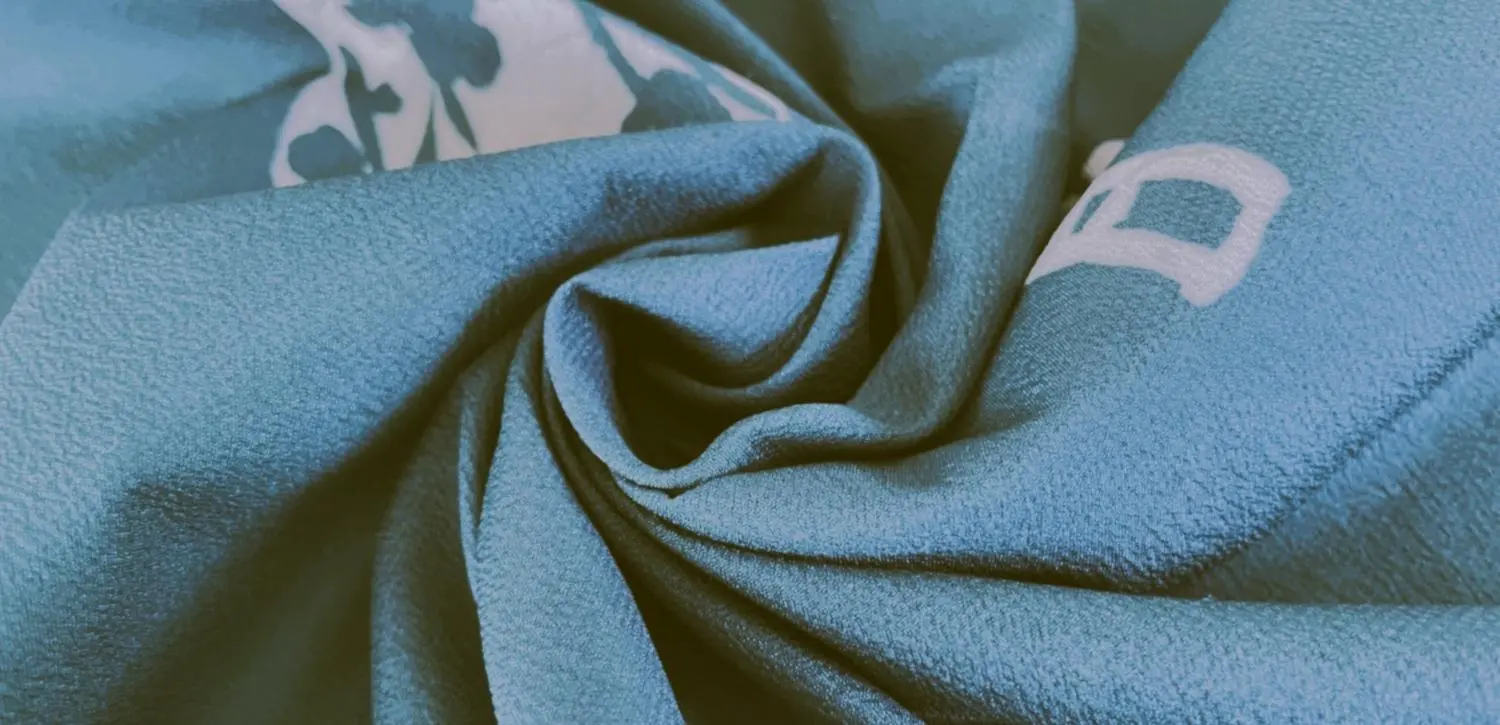Souvenirs are both a joy and a headache of any trip.
Japan offers no shortage of options—folding fans, chopsticks, quirky snacks, even skincare products. All fine choices.
But if you ask me—the owner of a Japanese souvenir shop—the smartest thing you can bring home isn’t any of those. It’s a simple square of cloth called furoshiki.
“Furo… what? Some kind of Russian pastry?”
Nope. Furoshiki is a traditional Japanese wrapping cloth, and it might just be the most versatile souvenir you can buy.
In this article, I’ll walk you through everything you need to know: what furoshiki is, how it’s been used through history, and the many creative ways you can use it yourself.
By the end, you’ll probably be thinking:
“I’m definitely picking up a few furoshiki in Japan. Actually, I need to.”
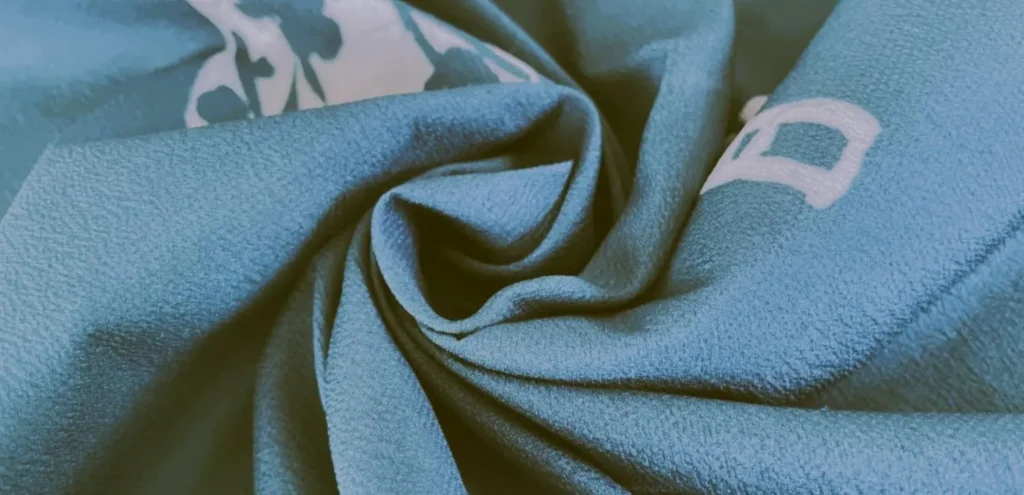
1. What is Furoshiki?
A furoshiki is simply a square piece of cloth, usually made of cotton or silk. And no, you can’t eat it.
Traditionally, its main purpose is to wrap and carry things—but the size can vary a lot depending on what you want to use it for.
You’ll also find polyester versions. They’re inexpensive and come in bright colors, which makes them great for beginners. Still, if you want quality and durability, cotton or silk is the way to go.
A small furoshiki around 20″ (50 cm) is perfect for wrapping a lunch box.
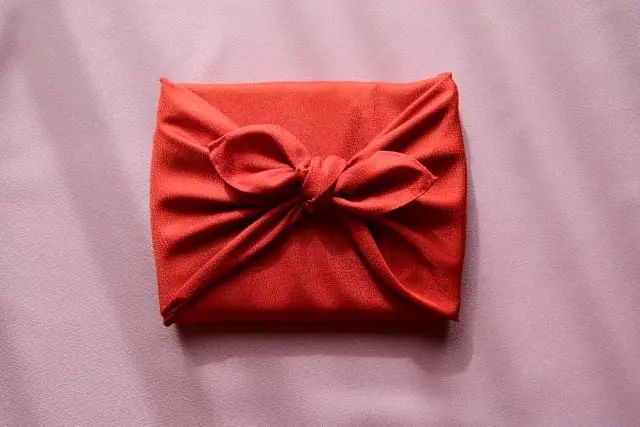
A large one—over 50″ (127 cm)—can actually serve as a full-fledged substitute for a bag.
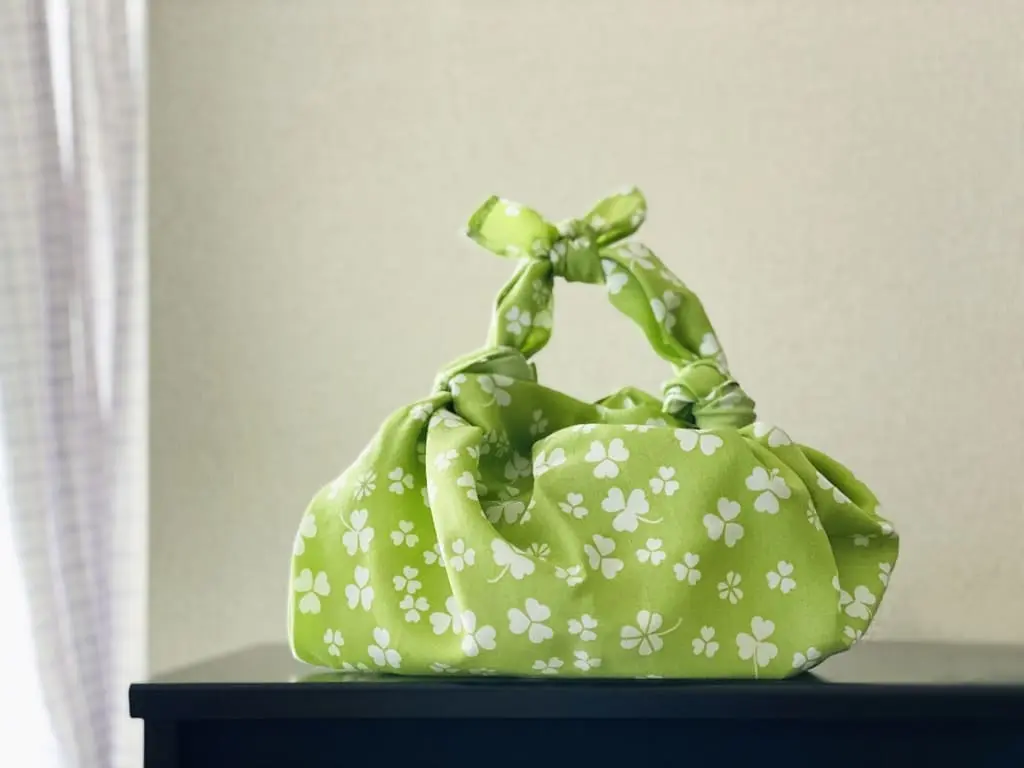
As mentioned below, furoshiki can also be used as tissue box covers, to wrap wine bottles as gifts, or, if they feature beautiful patterns, they can be displayed on the wall as a tapestry.
2. History of Furoshiki
The origins of furoshiki can be traced back to the Nara period (8th century), but the word furoshiki itself only came into common use during the Muromachi period (14th–16th century). It is truly a piece of cloth with a history that deserves to be called “traditional Japan.”
In Japanese, furo refers to a bath or, more broadly, to hot springs, while shiki means “to spread or lay out.” Originally, a furoshiki was simply a cloth spread on the ground at bathhouses. People would wrap their clothes in it before bathing, then use the same cloth as a mat for changing afterward.
Since then, the furoshiki has been widely used for carrying items, especially as wrapping cloths for gifts. However, in modern Japan, you will hardly ever see one being used in the bathhouse, and even its role as traditional gift wrapping has declined.
So how do people in Japan see the furoshiki today?
That is the topic of the next chapter.
3. Furoshiki in the Modern Age
With the spread of Western-style clothing and bags, everyday use of furoshiki has unfortunately declined in Japan. Its traditional role as a wrapping cloth for carrying belongings is now almost exclusively seen in formal occasions, such as when wearing kimono or in other traditional settings.
In recent years, however, the furoshiki has been rediscovered as both fashionable and eco-friendly. People now use it as a reusable shopping bag or even as a casual handbag that adds a unique accent to Western-style outfits.
Once nearly forgotten, the furoshiki has made a comeback as a practical tool that transcends time. It is also especially popular as a souvenir for visitors to Japan—thanks to its cute traditional patterns and its appeal to eco-conscious travelers from abroad.
4. How to Use Furoshiki
Furoshiki can be used in many different ways, and how you use it is entirely up to you. Here are five of the best ways to make use of it.
We have also provided links to reference videos for each method. If any of them interest you, feel free to check them out.
(Note: The recommended sizes are approximate and provided for reference only. The explanations in the videos are in Japanese, but you should be able to follow along just by watching the movements.)
Essential Skills
Furoshiki can be used in many ways, but one essential skill applies to almost all of them: the square knot, known in Japan as ma-musubi.
This knot is used in nearly every furoshiki wrapping technique, so it’s worth mastering.
It’s incredibly simple—you can learn it effortlessly just by watching the video.
How-To Video (YouTube)
Video courtesy of Furoshiki specialty store MUSUBI Official Channel
<Caption>
- When wrapping bento boxes or gifts, are you tying the ma-musubi correctly? (0:03)
- Correct ma-musubi (0:12)
- The knot is parallel to the body. (0:26)
- Incorrect knot (0:30)
- The knot is perpendicular to the body. (0:41)
- Shoelaces are also less likely to come undone when tied using a ma-musubi. (0:52)
Left: ma-musubi
Right: Not ma-musubi
4-1. Tissue Box Cover
Wrapping a tissue box in a furoshiki is a simple yet elegant way to add warmth and style, turning an otherwise plain item into a seamless part of your interior decor.
It’s such an easy way to elevate the look that it has become a regular feature in my own home.
Recommended size: 18″ to 30″ (46 cm to 76 cm)
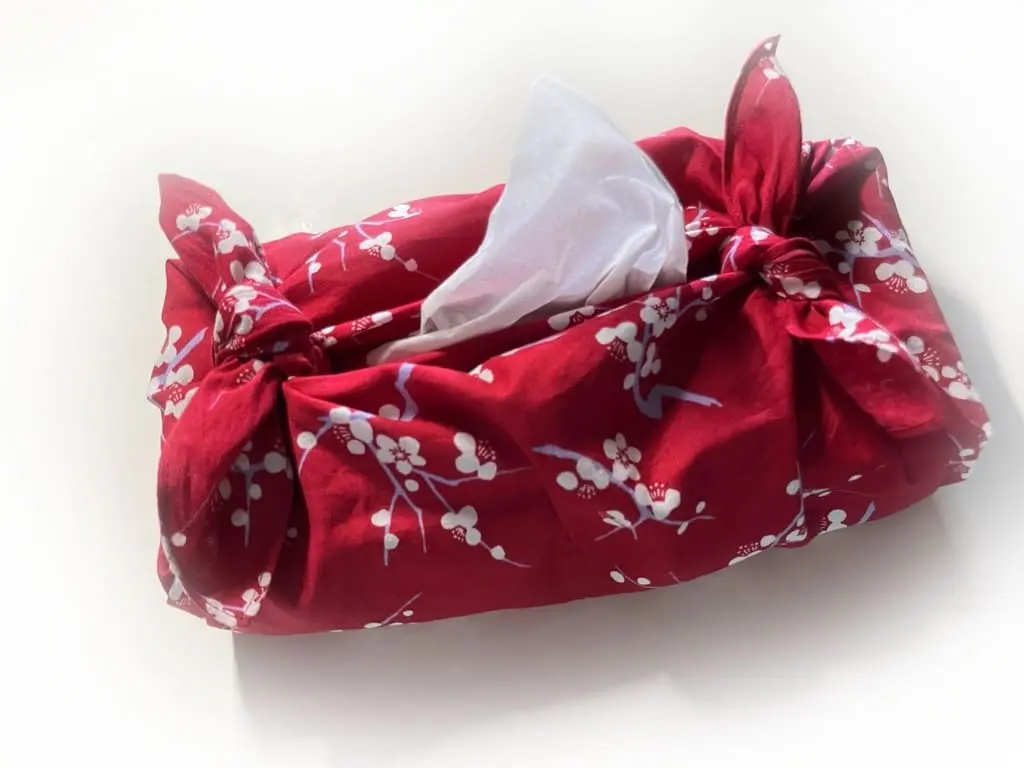
How-To Video (YouTube)
Video courtesy of Furoshiki Kyoto Maruwa Official Channel
4-2. Wine Bottle Wrapping
You may want to send a bottle of wine as a thank-you gift to a close friend or someone who has taken care of you. Wrapping it at the store where you purchased it is fine, but putting in a little extra effort by wrapping it in a furoshiki cloth that complements the wine bottle will surely make it a more appreciated gift.
Recommended size: 26″ to 28″ (68 cm to 72 cm)

How-To Video (YouTube)
Video courtesy of Furoshiki Kyoto Maruwa Official Channel
4-3. Fashionable Small Handbag
For those who want to express their own personal fashion style, something that cannot be achieved with commercially available bags, this is the perfect choice.
If you’re traveling to Japan, wouldn’t it be wonderful to carry this bag while exploring? It will help you feel more connected to Japanese culture.
Recommended size: 18″ to 30″ (46 cm to 76 cm)
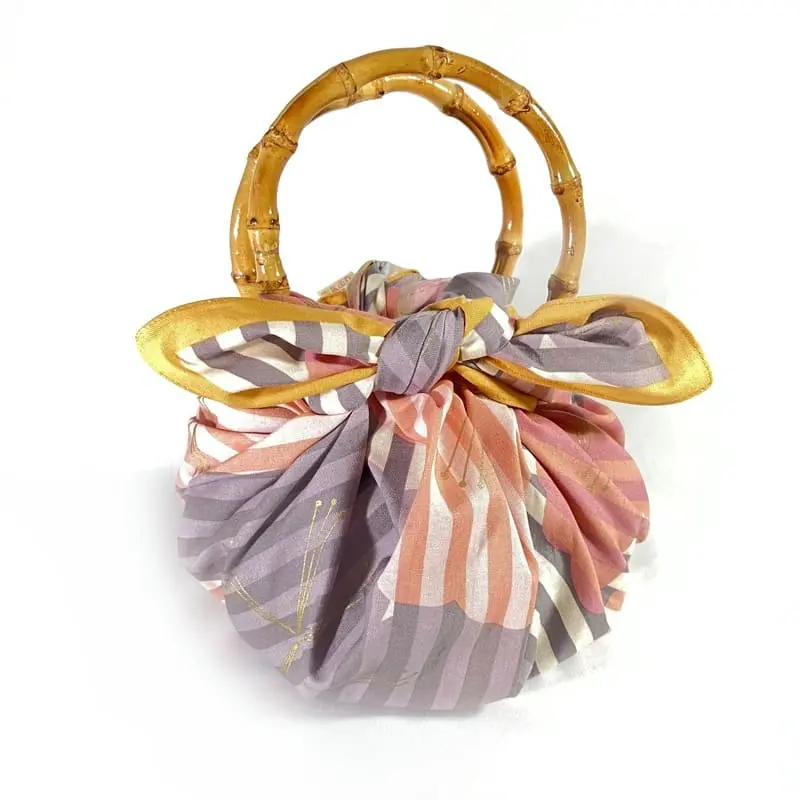
How-To Video (YouTube)
Video courtesy of Furoshiki Kyoto Maruwa Official Channel
4-4. Eco-bag
While environmental consciousness is now taken for granted, that doesn’t mean you have to sacrifice a sense of style and excitement.
If you keep one of your favorite furoshiki in your regular bag, you can quickly wrap up your extra belongings when needed. This way, you might even forget about the weight of your luggage.
Recommended size: 26″ to 41″ (68 cm to 105 cm)

How-To Video (YouTube)
Video courtesy of Furoshiki Kyoto Maruwa Official Channel
4-5. Interior Decoration (Tapestry)
If you have a favorite pattern, using a furoshiki as a tapestry is a great way to incorporate a touch of Japanese style into your interior design.
(If you plan to use it as a tapestry, specialized hanging tools, sold separately, may be more convenient.)
Recommended size: None in particular

5. Where to Buy a Furoshiki
Here are some recommended places to buy high-quality furoshiki.
We have excluded hundred-yen stores and discount shops, as their products, while inexpensive, are generally of lower quality and not recommended.
5-1. Gofukuya
Gofukuya are stores that specialize in various items related to Japanese kimono, such as kimono, obi, and geta. Most well-established gofukuya are located in Nihonbashi (Tokyo) and Kyoto.
These stores offer top-quality furoshiki made of silk, but they are usually quite expensive, ranging from tens to hundreds of dollars, and can be difficult to access.
If you are looking for the highest quality, gofukuya are your best option.
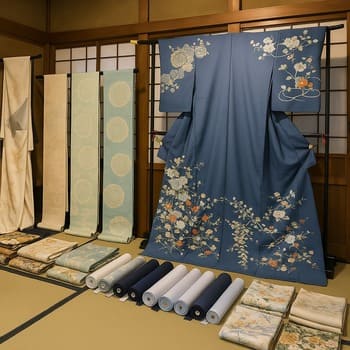
5-2. Department stores
Some department stores have branches of the gofukuya mentioned above. However, as with standalone kimono shops, their products tend to be expensive.

5-3. Souvenir shops
You can also find furoshiki at souvenir shops. While the selection may be limited, they are often available at reasonable prices.
However, keep in mind that not all souvenir shops carry furoshiki.
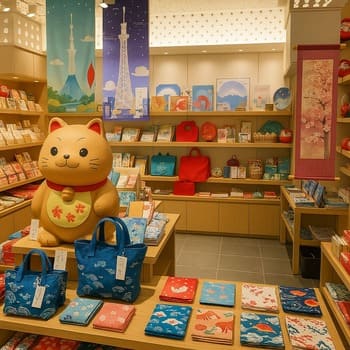
5-4. Online Stores
Online stores are the most recommended option for purchasing furoshiki, as they offer a wide selection, allowing you to find the perfect design for your needs.
However, general e-commerce platforms like Amazon often include a mix of foreign-made or low-quality products—to be honest, many fall into this category. While there are a few websites specializing in authentic Japanese tenugui, they primarily cater to domestic customers. Even if international shipping is available, shipping costs can be high, and overseas buyers may find it difficult to confirm whether their orders will be processed smoothly.
Below, we introduce our online store, which offers a special service for foreign travelers visiting Japan—allowing them to receive their orders at hotels or inns at their destinations.
For compact items such as furoshiki and tenugui (hand towels), it is best to purchase authentic Japanese-made products at a reasonable price while in Japan and bring them home as part of your luggage. This also saves you from spending valuable time and energy searching for souvenirs during your trip.
Of course, all our products are 100% made in Japan, so you can rest assured of their quality.
Feel free to check them out!
There’s also an article on tenugui, another everyday Japanese cloth—
simple, flexible, and meant to be used freely.

